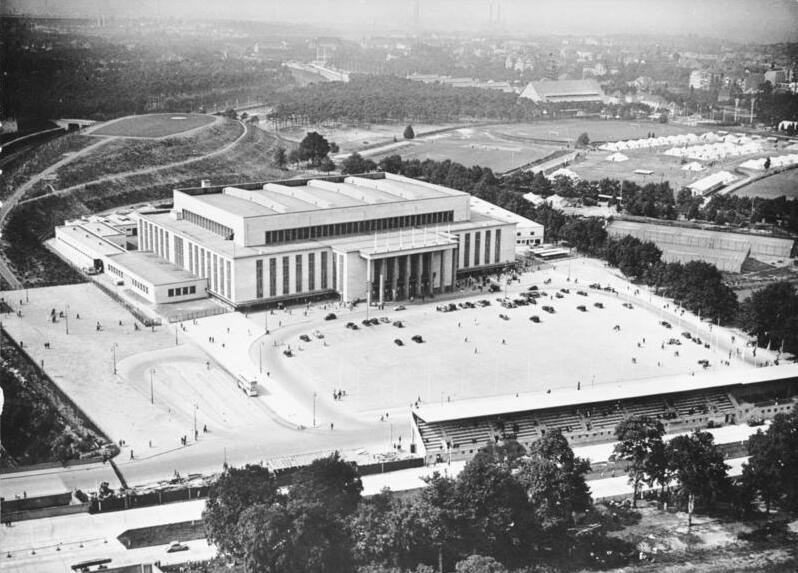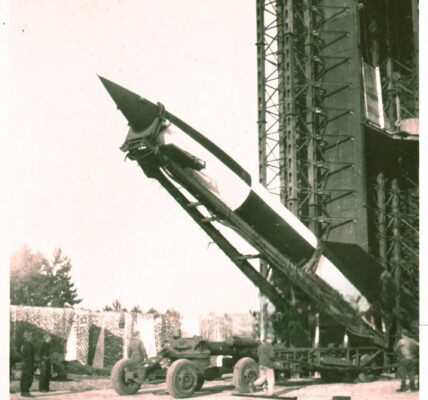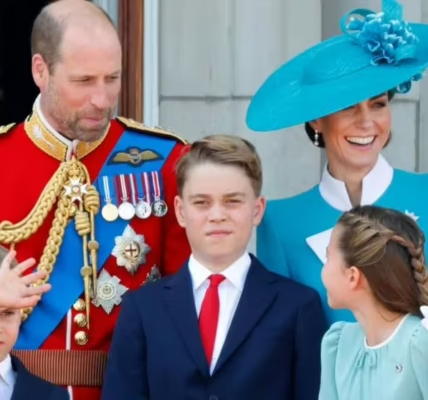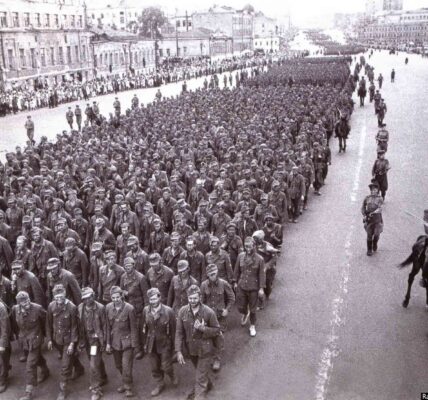A forgotten landmark: The House of the German Sports Movement in Berlin – How it once was the stage of power! _de

In the heart of Berlin’s Olympic grounds stands a building that many overlook today – the House of the German Sports Movement . It was built in the mid-1930s as a representative center for national sports. But behind its neoclassical facade lies more than just sporting history: It was a site of propaganda, a symbol of political power – and today a forgotten chapter of German contemporary history.
The year 1936 was a significant year for Germany – the Summer Olympics were held in Berlin. While the whole world was looking forward to top sporting achievements, the regime of the time used the opportunity to present itself to the world as modern, peaceful, and organized. Part of this grand plan was the construction of the House of the German Sports Movement – a building that would not only house the Olympic organizations but, above all, demonstrate power.

Architecturally characterized by monumentality and clarity, the building fit seamlessly into the National Socialist architectural ideology. The large vestibule, flanked by columns, often served as a backdrop for parades and receptions. It was a place where ideology and sport intersected—entirely in keeping with the spirit of the political leadership.
The building housed the Reich Sports Leader, as well as various organizations of the Reich Association for Physical Education—the umbrella organization for sports at the time. From here, not only was the organization of the Olympic Games coordinated, but the ideological direction of sports was also controlled. Physical education became a political instrument.
The idea was clear: a strong body was considered a reflection of a strong state. Sports were specifically promoted, but also controlled – and those who didn’t fit the mold were excluded.
Much changed after the Second World War. The building survived the bombing raids largely unscathed, but was confiscated by the Allies. In the decades following the war, it served various purposes—including as an administrative building.
But over time, it fell more and more into obscurity. While the neighboring Olympic Stadium was extensively renovated and modernized, the House of the German Sports Movement remained a silent witness to the times. Today, it is used by various institutions – but few know the story its walls tell.
Especially at a time when historical reappraisal is more important than ever, this building should receive more attention. It is a memorial – not only to the instrumentalization of sport, but also to the subtle mechanisms of power displays. It shows how even seemingly harmless areas like sport can become a platform for political goals.
A publicly accessible museum or permanent exhibition could contribute to this remembrance work. Photos, eyewitness accounts, architectural plans – all of these could help place the building in its historical context.
The House of the German Sports Movement is more than just an old administrative complex. It is a monument – to an era in which sports and politics were inextricably linked. It reminds us of the importance of making history visible in order to learn from it.
Younger generations, in particular, should learn that there’s often much more behind a building’s facade than just concrete and glass. History was made here—you just have to look.















